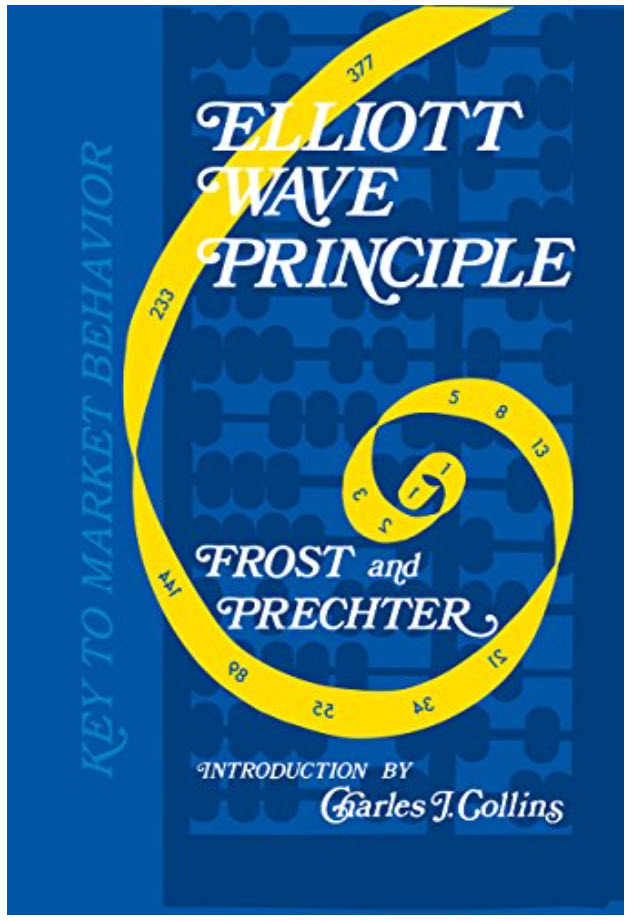Elliott Wave Analysis of Cisco Systems, Inc. (CSCO) by Sid from ElliottWavePredictions.com. Click on the charts to enlarge.
This continues my series on Dow 30 components.
As you can see on the monthly chart above, after crashing over 90% in a 5-wave impulse from March 2000 through October 2002, CSCO has been stuck in a long, sideways consolidation. Probably the most important aspect of Cisco’s “recovery” starting in October 2002 is that the initial rise into November 2007 was a clear 3-wave zigzag, shown outlined in green on the chart. That corrective initial rise cannot be wave 1 of a bold new 5-wave impulse rally to new all-time highs. Rather, it suggests that after a corrective period, Cisco stock is likely to make new lows below the 2002 low before the next, large-degree rally phase can begin.
That initial zigzag from 2002 through 2007 was followed by downward ABC zigzag into August 2011, which I’ve outlined in red on the chart. While it is possible that the November 2007 high can be labeled as Primary (burgundy) W, and the August 2011 low as burgundy X, it seems more likely that CSCO is carving out a Cycle (teal) Degree Wave B triangle. That expectation is supported by the character of the upward price movement since August 2011, which is more jagged and complex that any of the other waves since 2002. Typically, within a contracting triangle, “wave C subdivides into a zigzag combination that is longer lasting and contains deeper percentage retracements that the other subwaves.” (Elliott Wave Principle, Frost & Prechter, 10th edition, 2005, page 90).
The weekly chart above shows more closely the complex, choppy, overlapping nature of the rise since August 2011. The upward movement since December 2013 is especially volatile, and appears to have started with a leading expanding diagonal for Minor (blue) wave A. The subsequent blue wave B was quite brief, if I have it labeled correctly, as was the following blue wave C. Despite the brevity of those most recent waves, it seems most likely that the Primary (burgundy) wave C top is “in” on Cisco for several reasons (shown on the weekly chart above):
- Wave C burgundy has already retraced burgundy B by a deep 78.6%.
- Wave D (burgundy) of the 13-year-long (so far) triangle is likely to coincide with the next Hurst 4.5-year cycle trough, which, according to Sentient Trader software analysis is due in early 2016. If a triangle is truly underway, further new highs would not fit well with an expectation of triangle-like proportionality.
- Weekly MACD histogram divergence appeared at the early March 2015 high.
Additional evidence that CSCO recently made a large-degree trend change also appears on the daily chart (above):
- The very recent downward movement from March 2 though March 26 has occurred in 5-waves.
- A potential head and shoulders top is currently under formation.
One last bit of food for thought: Why has Cisco stock been so weak since its November 2007 “recovery” high, while the tech-heavy Nasdaq index has jettisoned to the upside starting November 2008, almost reaching new all-time highs recently? A comparison of the monthly chart of the Q’s (above) to the monthly chart of CSCO (shown earlier in this post) is truly shocking. Is it a coincidence that November 2008, (the bottom in QQQ), was the exact month that QE1 was announced? And if QE caused the divergence, what do mortgage backed securities have to do with tech? And why would QE affect the larger tech-heavy index so dramatically, but not the traditionally highly correlated Cisco shares?
Closer scrutiny of the charts of the two items indicates that the pair remained highly correlated until exactly July 2010, after which the Nasdaq index took off to the upside while Cisco stock languished. Maybe the more meaningful coincidence is therefore that the price of Cisco stock diverged from the larger indices just following the May 2010 flash crash. The timing of of the divergence suggests that at least some of the “distortions” showing in the markets in recent years may have resulted from market “protections” enacted due to the flash crash, and not necessarily from the gradual effects of, or market reactions to QE.
Sid






